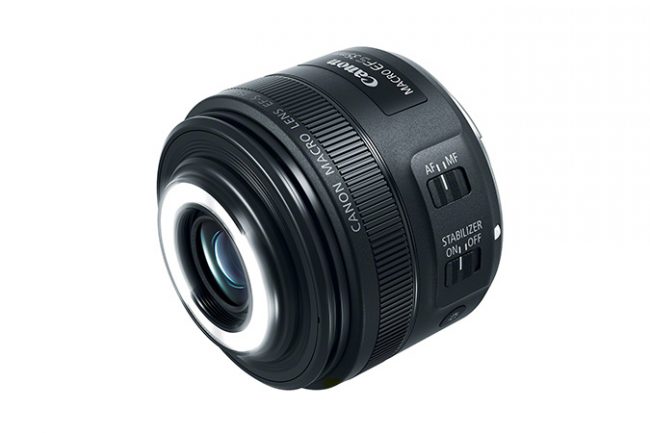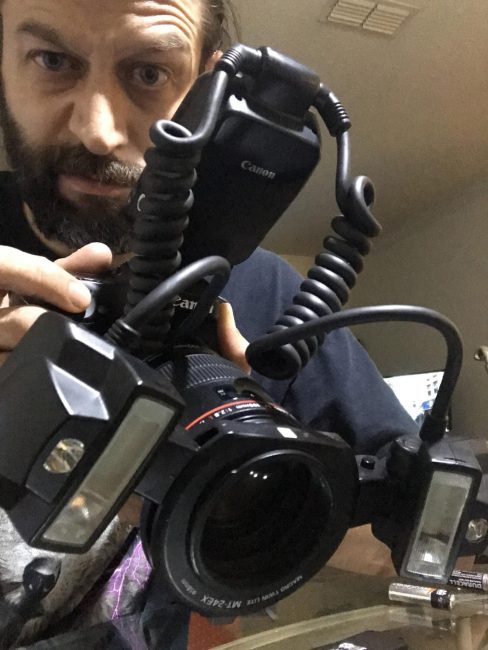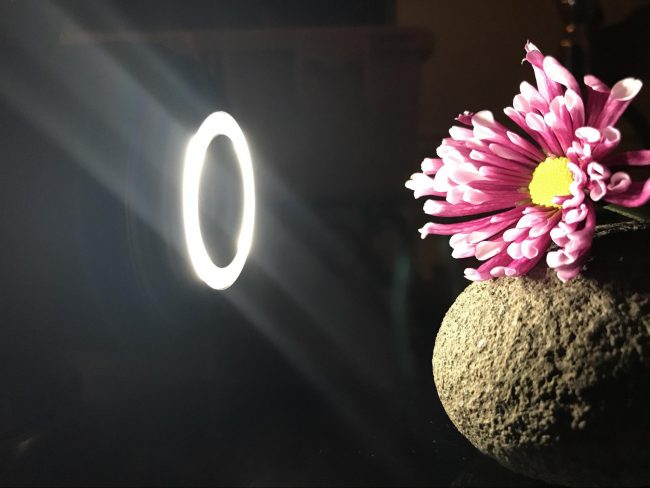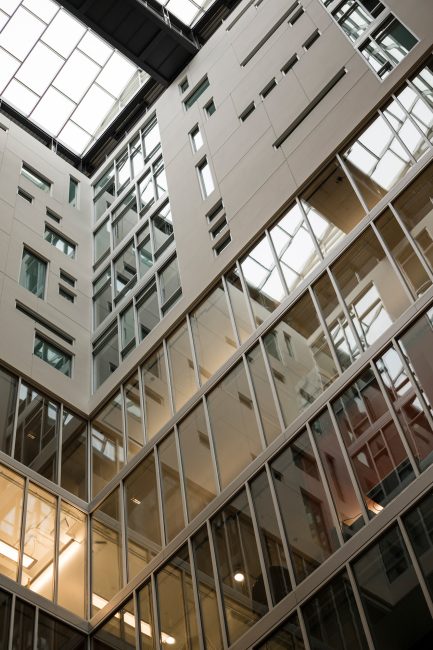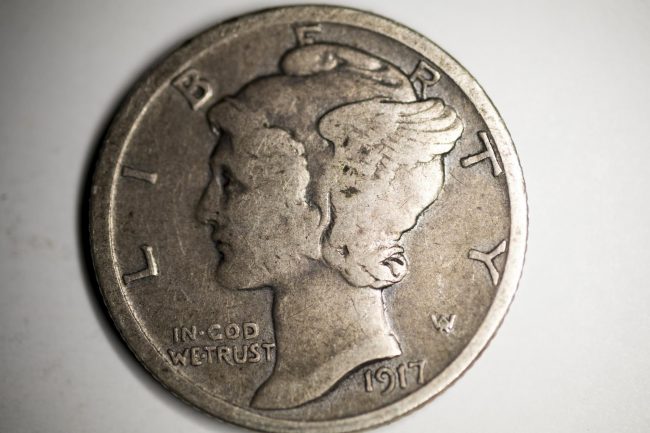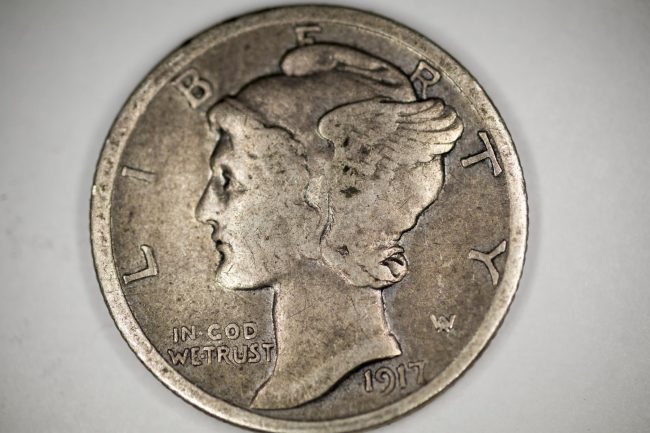Equipment
Reviewing the Canon EF-S 35mm f/2.8 Macro IS STM
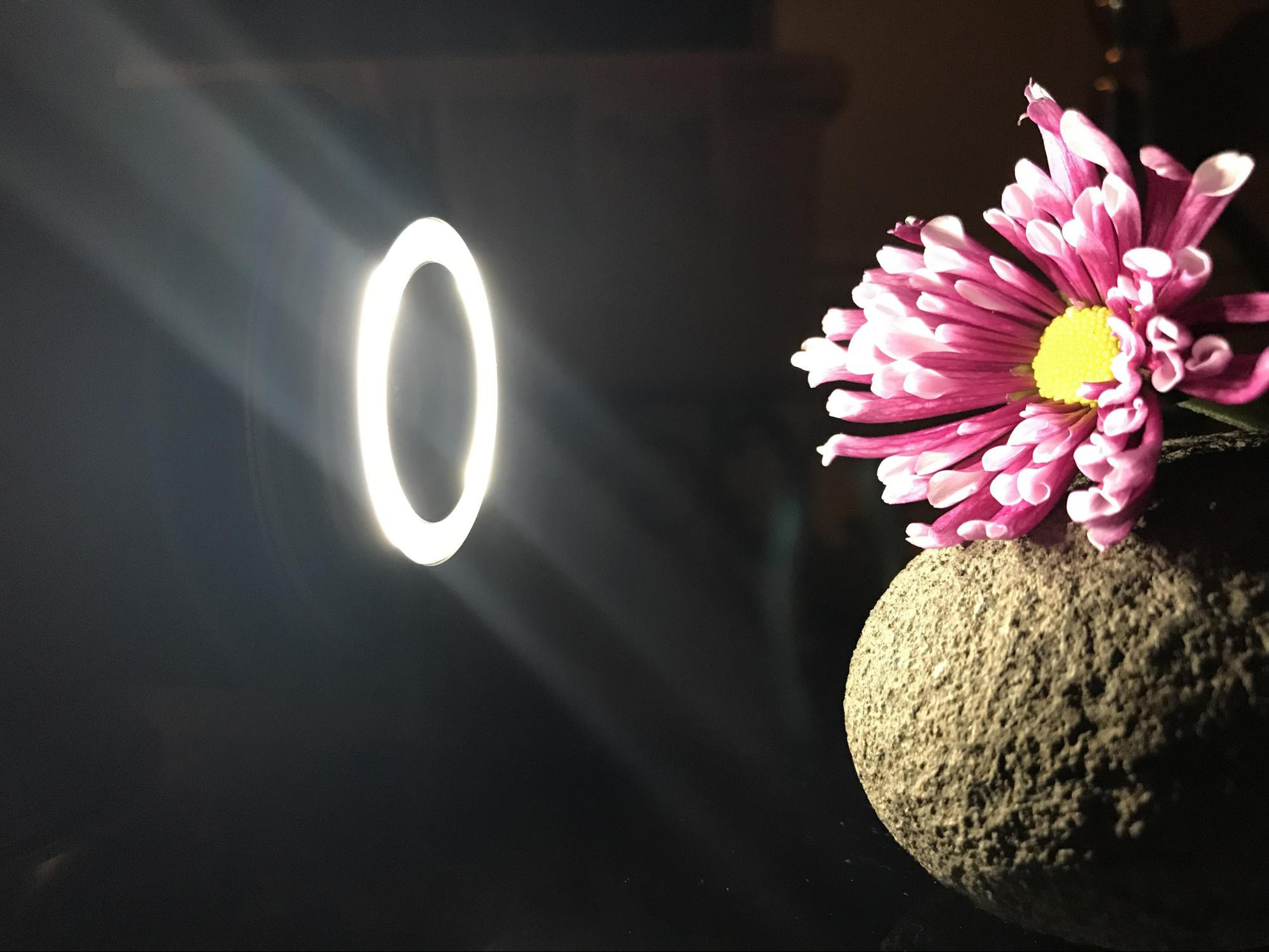
Whenever we get a new Macro lens, I’m usually one of the first to take it home and try it out. One of the things I love about Macro Photography is how accessible it is. Getting up close and capturing the hidden world of detail that exists in everyday life is fascinating to me and I don’t have to bribe my kid or beg my friends to pose while I play around. Macro Photography has a way of changing the way you look at things; so, when I got the opportunity to test out Canon’s newest, widest, lightest, fast aperture Macro prime lens for their EF-S lineup, I knew I was going to have some fun. Canon’s Macro game is pretty strong on all formats, so I was already prepared to be impressed, and I wasn’t disappointed. If you’ve ever tried Macro Photography, then you probably already know that making small things look big has a way of also amplifying the typical limitations of photography (like available light, depth of field, and focus). Fortunately, that’s where the Canon EF-S 35mm f/2.8 Macro IS STM really (and literally) shines. This lens isn’t just a fast aperture, versatile focal length, and all around great lens for walking around and photographing a variety of subjects, it also boasts up to 1:1 reproduction capability, and features two adjustable LED lights that surround the front element for illuminating subjects at close working distances. The technology is borrowed from the Canon EF-M 28mm f/3.5 Macro IS STM, and it’s a pretty innovative solution considering that for some, it could mean an all-in-one Macro photography solution which is practically unheard of. While this lens is designed for Canon crop sensor camera users and professionals may still prefer full frame L series glass like the Canon 100mm f/2.8L IS Macro or even the Canon MP-E 65mm 1-5x Macro paired with an external light source like the Canon MT-24EX Macro Flash or the Canon MR-14EX II Macro Flash, the Canon EF-S 35mm f/2.8 Macro IS STM is impressively capable and at a fraction of the cost and complexity.
(As you can see from the image below, while the Canon 100mm f/2.8L IS Macro and Canon MT-24EX Macro Flash provide an incredibly capable Macro experience, it’s a bit of a cumbersome combination to use).
By contrast, it’s pretty easy to see how the Canon EF-S 35mm f/2.8 Macro IS STM provides a much more straightforward Macro solution.
So here are some specifics: The Canon EF-S 35mm f/2.8 Macro IS STM lens looks a little different with the hood attached, but it’s well designed. The metal hood not only works to reduce flare and protect the lens front during normal use (like other hoods), but it also serves as a protective cover for the LED apparatus on the front as well. It accepts 27mm filters that screw into place between the LED “ring” on the front, and alternately will also accept 49mm filters that screw into the threads on the hood itself (which consequently is small enough to fit in any pocket when not in use. The 49mm lens cap can either clip on the outside of the LED “ring” on the lens front or inside the filter threads on the hood making it really easy to protect. Canon’s Hybrid IS system and STM drive autofocus function pretty silently providing four additional stops of image stabilization and smooth, quiet focus making this lens very useful for handheld Macro and video work. The control switches, AF/MF and IS are where you’d expect them, on the left side and easy to access. The adjustable LED lights are powered and controlled by a single button located on the lower left side of the lens barrel. The LED function button controls power, 50%/100% to alternately, left, right, and full(both) LED lights which are housed in a circular ring situated around the front glass. Fortunately, there isn’t any lens battery to worry about; the LED lights are powered via their connections to the camera.
35mm is a pretty useful focal length on crop (56mm adjusted). You can do pretty much anything with it from landscapes to portraits, and the Canon EF-S 35mm f/2.8 Macro IS STM is a good lens for normal use as well. There is minimal distortion at normal distances, and center sharpness is good at f/2.8, and very good by f/5.6 and pretty even across the frame. As a Macro lens, it’s a little wide for my taste, but what it can do with a minimalistic approach still amazes me. It’s one thing to be able to fill a frame with a subject, it’s another to light it. The difficulty involved with lighting subjects at close distances has inspired Macro photographers to become innovators and DIYers. It’s also inspired industry leaders like Canon to come up with real solutions, albeit expensive ones, like the Canon MT-24EX Macro Flash, Don’t get me wrong, the Canon MT-24EX Macro Flash is a real professional lighting solution and provides TTL capabilities and light control and shaping via two separate high powered flashes that screw onto the front of the lens. A couple of LEDs can’t compare, but what they can do up close is impressive. The LED power takes advantage of the Lens’ MFD 5.1”. In a real world sense, you can focus as close at 1.8” from the front of the lens. That’s close. For comparison, the Canon 100mm f/2.8L IS Macro lens has an MFD of 11.8” producing the same 1:1 magnification at a 5.25” working distance. There are no lights to aid in autofocus or exposure, and sells for more than twice the cost of the $350.00 Canon EF-S 35mm f/2.8 Macro IS STM. By the way, the Canon MT-24EX Macro Flash retails for around $800 on its own, meaning the Canon EF-S 35mm f/2.8 Macro IS STM is among the most affordable macro solutions. The close working distance can be a deterrent for skittish subjects, but spending an extra 1500$+ can be a deterrent of a different kind. The LEDs are small. They’re not going to light a portrait or anything at normal distances really, but if an EF-S 35mm prime is fits in your bag and you’re interested in an affordable Macro solution, I like this lens. The LEDs are helpful. If I was a Canon crop camera user, I’d buy it. No hesitation. Did I mention it’s the cheapest Macro EF-S option too? Well, I should have, 350 bucks. Just too many possibilities to pass up.
Here are a few shots of a Mercury dime to illustrate some of the usefulness that the adjustable LED lights provide at high reproduction values. (in sequence, Left side lighting, Right side lighting, and Full lighting. All of these were shot in a dark room with little ambient light to show the power of the LEDs.
And here’s a few to show some detail and depth (these were also shot in a dark room with little to no ambient light)
Finally, this last one was shot using the Canon 100mm f/2.8L IS Macro and Canon MT-24EX Macro Flash. As you can see, the simpler solution that the Canon EF-S 35mm f/2.8 Macro IS STM yields similar results at least at these close working distances.
Author: Lynn Green
I’m Lynn. Prior to becoming a Photo Technician at Lensrentals.com, I owned a wedding photography business and newborn studio. I’ve also worked as a professional studio portrait photographer and lifestyle photographer. I currently enjoy freelancing and taking photos of wildlife, landscapes, and street scenes for my personal enjoyment. I feel very fortunate to get to experiment with various lighting techniques and an assortment of camera systems and accessories to make my visions come to life.
-
Heru
-
Ramon
-
BigEater
-
RMDesai
